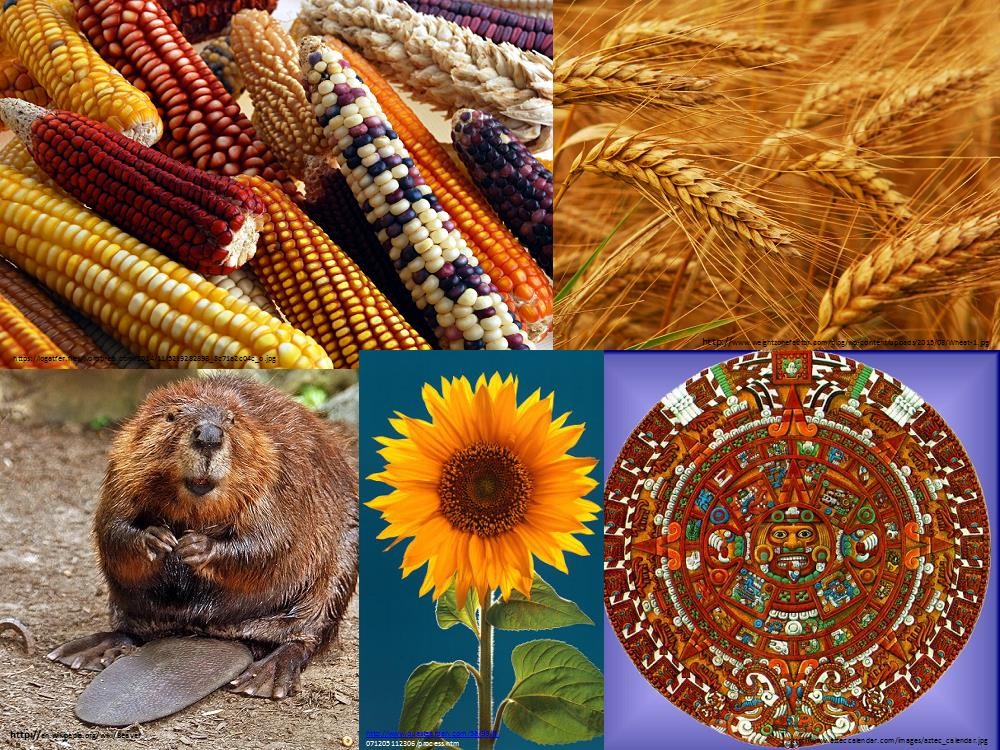Deciphering Indigenous history…with tree rings

The department of Geography, Planning and Environment is offering a brand-new undergraduate course this semester, examining how the collision of Old and New Worlds in the late 1400s has changed the landscape on both North American and European continents.
“Environmental History of the Americas”, taught by Jeannine St. Jacques, the department’s newest tenure-track hire, will examine changes that occurred to the environment, agriculture, animal life, and more.
“If you were an Indigenous person living in North America 500 years ago, and you could see what things look like today, the world has changed beyond recognition – and it is not an improvement,” says St. Jacques. St. Jacques, who is Métis, is a climatologist by training, and studies natural phenomena like tree rings to reconstruct historic climate shifts. Another useful investigative tool? Lake sediment. “If you slice things up carefully without disturbing them, you get a record going back in time,” says St. Jacques, noting, “you’d be surprised to see what kinds of critters used to live there!”
Students will learn about topics ranging from the destruction of the Eastern Deciduous Forest and its re-growth, the effect of the fur trade, the destruction of the bison, to how the trapping of the beavers for fur trade impacted the environment.
The course, which is designed for students from both the Humanities and Social Sciences, contains plenty of lessons which can be applied today. “It’s a very topical class because in the next 500 years with global warming and all the environmental changes we’ve been having – which we’ve caused – the world will once again change into something unrecognizable for us, alive now.”
St. Jacques says she already feels right at home at Concordia. “I’m very happy to be in the Geography department, it looks like it’s a great, lively crowd,” she says. “I feel like I’ve come home.”
